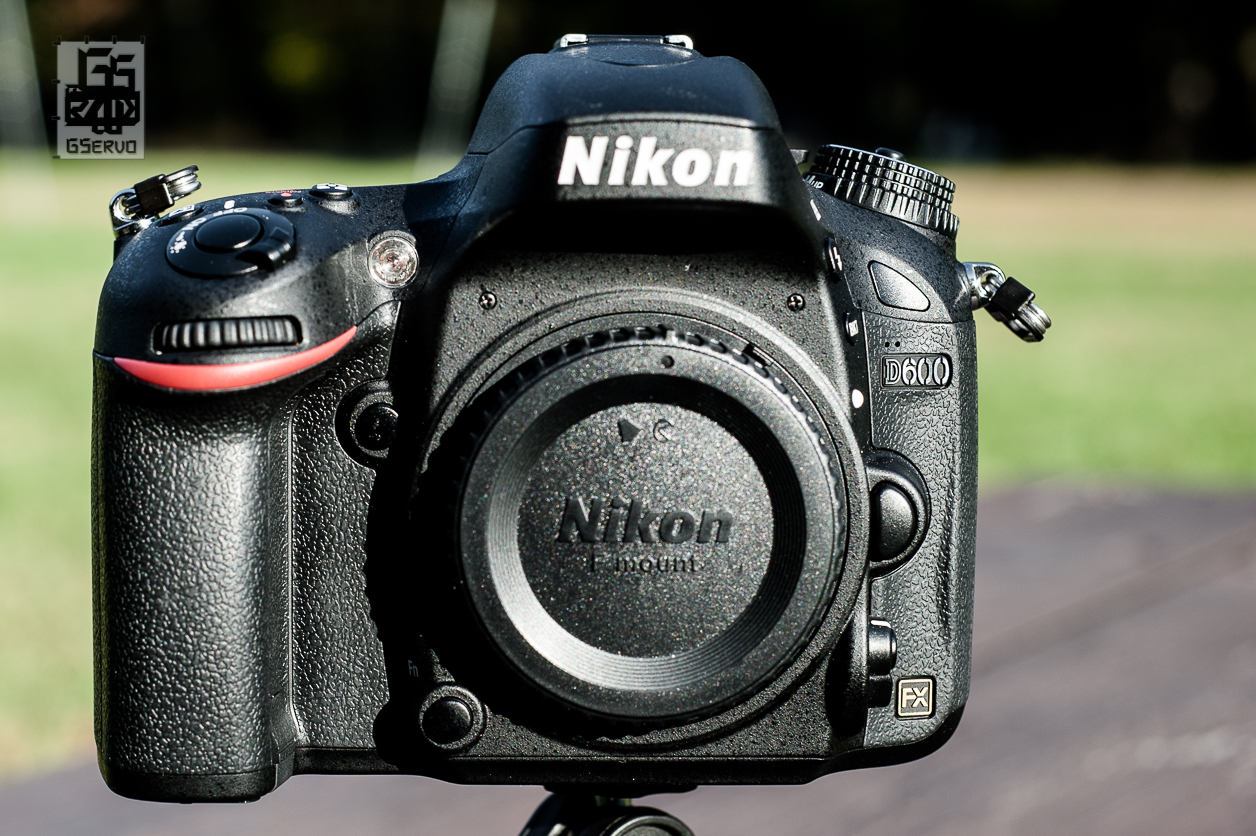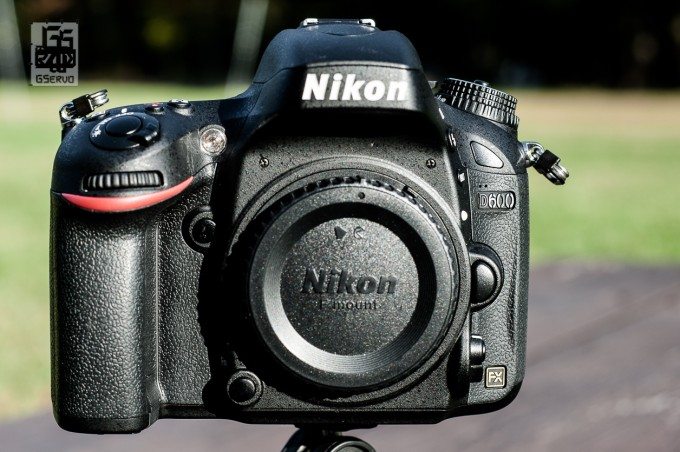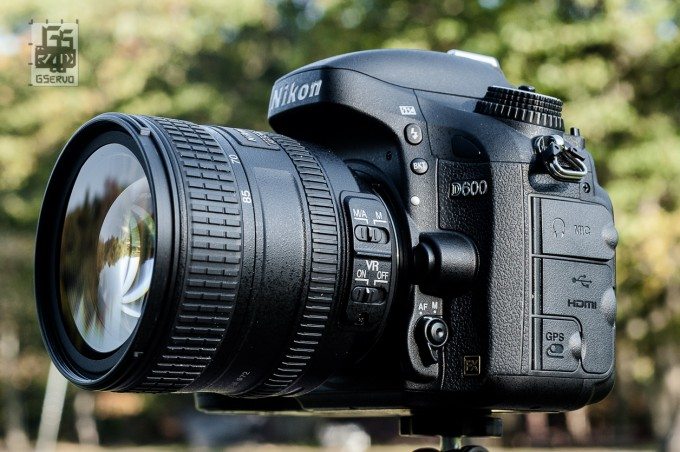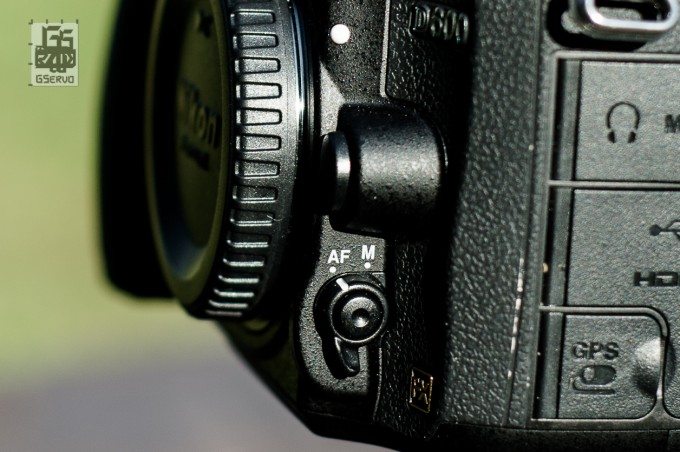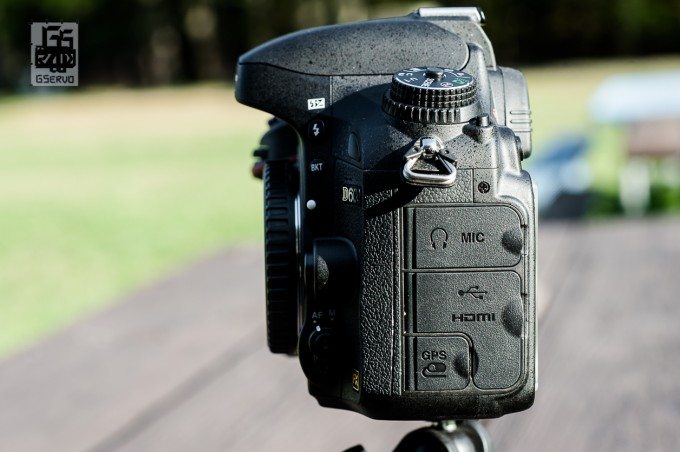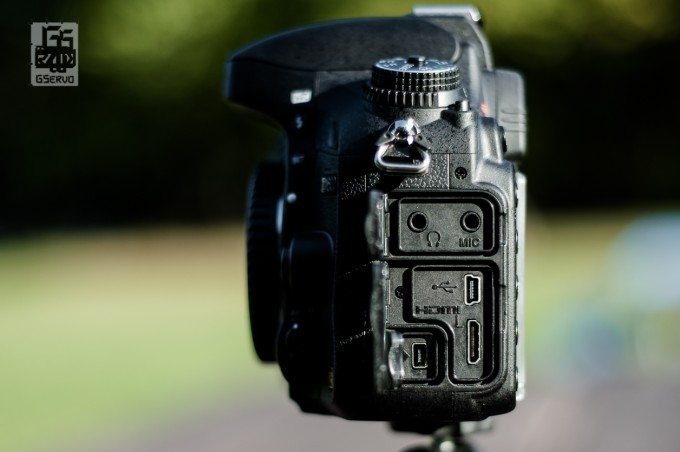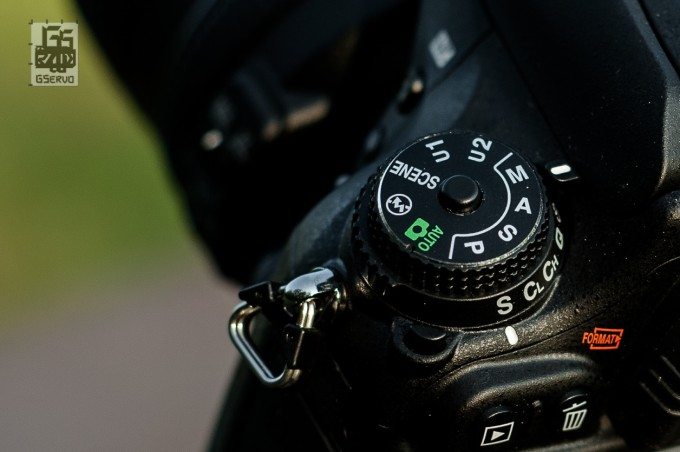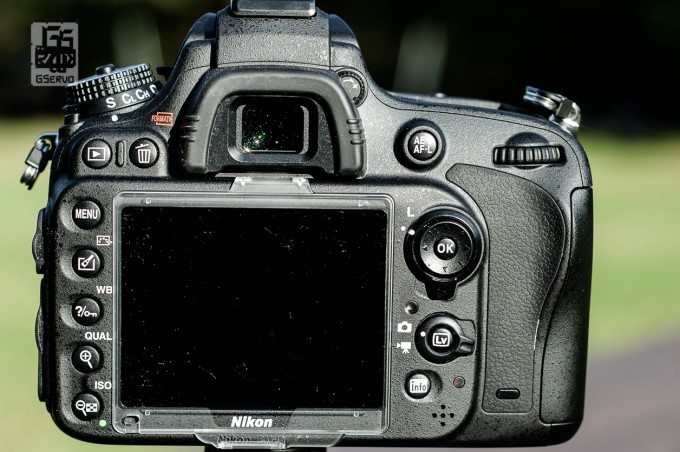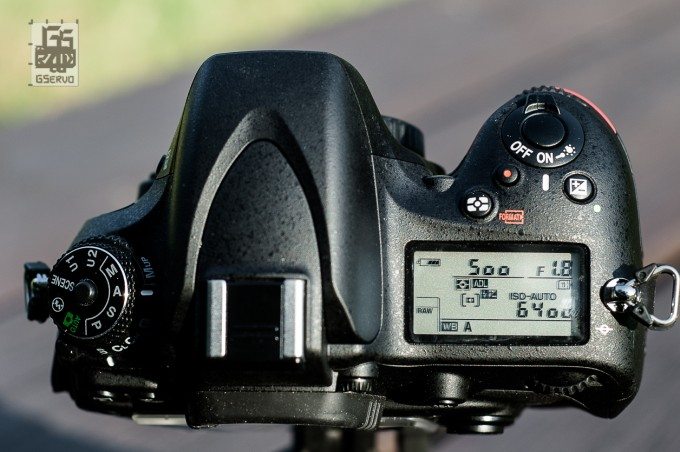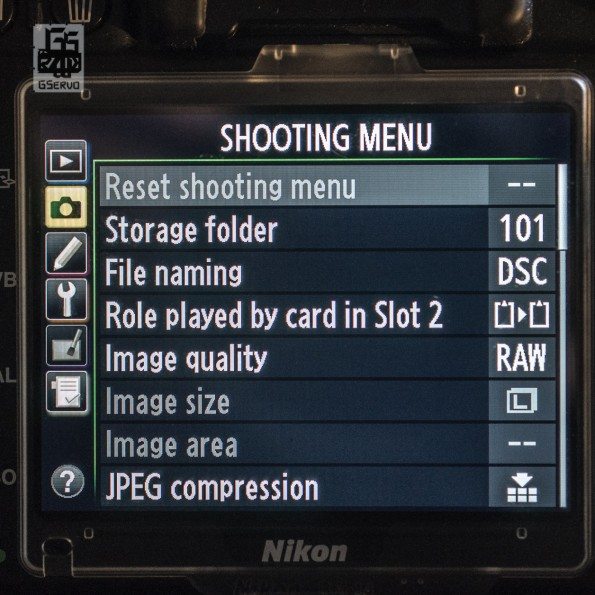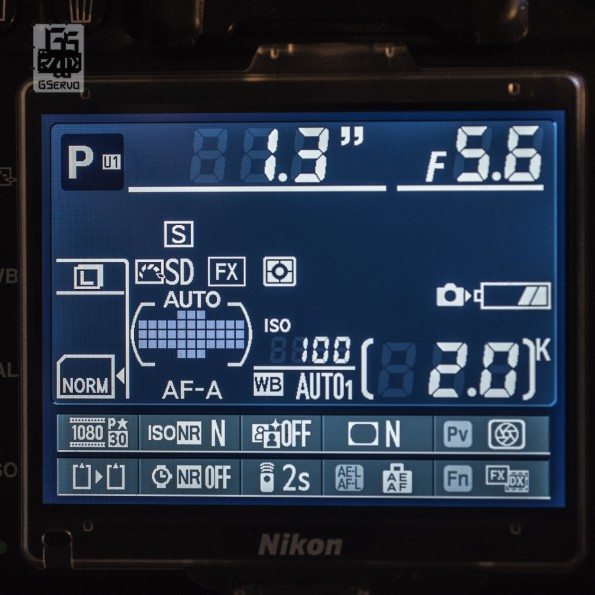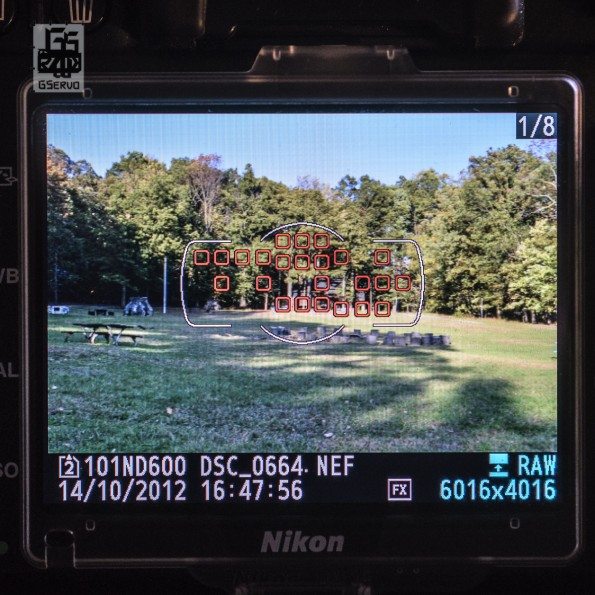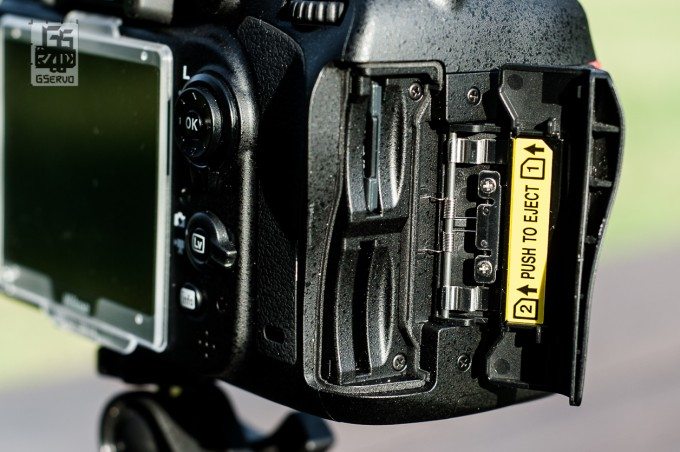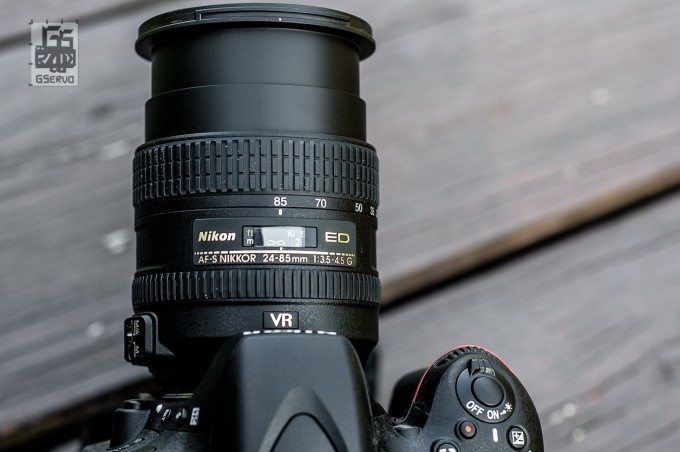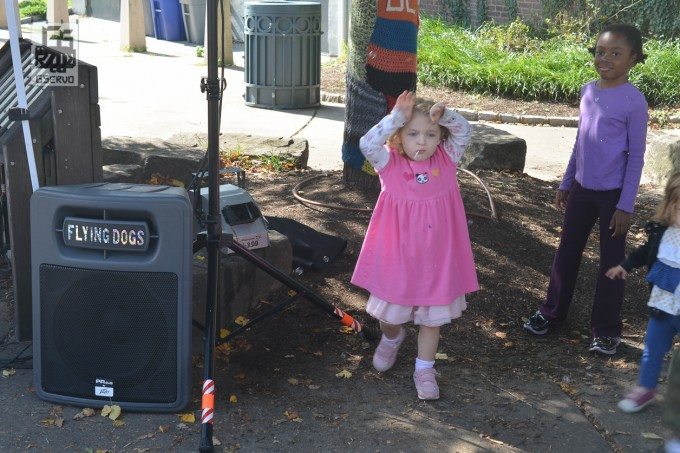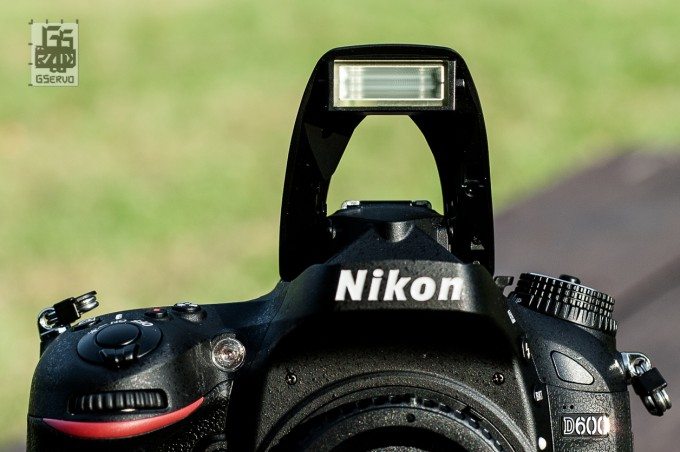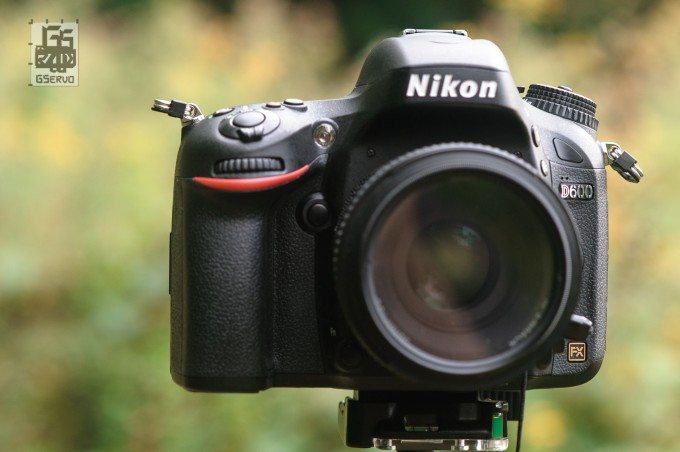Last Updated on 05/07/2013 by Gevon Servo
When I was presented with the Nikon D600, I had my doubts. I thought it might be a low-end, flimsy full frame DSLR. I wondered, “what was Nikon thinking?” It was, however, much better than I thought. With its 24MP sensor and image capabilities, this middle of the road DSLR turned out to be interesting. The D600 came to us and caused a bit of controversy. Being a somewhat economical full frame camera, it is lacking some features, especially when compared to the Nikon D700 and D800. The Nikon D600 does have character. After significant use, it did surprise me. The Nikon D600 is not the most sophisticated camera in the world but it does work very well.
The Nikon D600 is much more restrained that the D800 but still superb. lets see why.
Gear Used
Specs
| Camera Type | Digital SLR with Interchangeable lenses |
| Lens Mount | Nikon F |
| Camera Format | Full-Frame |
| Pixels | Actual: 24.7 Megapixel Effective: 24.3 Megapixel |
| Max Resolution | 24.3MP: 6016 x 4016 @ 3:2 |
| Other Resolutions | 13.6MP: 4512 x 3008 @ 3:2 11.6MP: 3936 x 2944 @ 3:2 6.0MP: 3008 x 2008 @ 3:2 5.8MP: 2944 x 1968 @ 3:2 5.1MP: 3008 x 1688 @ 16:9 |
| Aspect Ratio | 3:2, 16:9 |
| Sensor Type / Size | CMOS, 35.9 x 24 mm |
| File Formats | Still Images: JPEG, RAW, TIFF Movies: MPEG-4 AVC/H.264, MOV Audio: Linear PCM |
| Bit Depth | 14-bit |
| Noise Reduction | Yes |
| Memory Card Type | SD SDHC SDXC |
| Focus Control | |
|---|---|
| Focus Type | Auto & Manual |
| Focus Mode | Single-servo AF (S), Continuous-servo AF (C), Manual Focus (M) , Focus Lock AF Area Mode |
| Autofocus Points | 39 |
| Power | |
|---|---|
| Battery | 1x EN-EL15 Rechargeable Lithium-Ion Battery Pack, 7VDC, 1900mAh |
| AC Power Adapter | EH-5b (Optional) |
| Physical | |
|---|---|
| Dimensions (WxHxD) | 5.6 x 4.4 x 3.2″ / 14.2 x 11.2 x 8.1 cm |
| Weight | 26.8 oz / 760 g Camera body only |
Ergonomics
The weight is fantastic. It is lighter than the D700, and it feels really solid in the hand as if they packed as much as possible into the camera. The size of the camera falls in between the D800 and the D7000. It was nice to carry and it was well balanced.
One of the things that took some getting used to was the focus mode selector. It is located in the front left of the camera and combined with the autofocus mode button, it was interesting to use. With skillful handling and practice one could become very adept at it.
One of my favorite new things on the Nikon D600 was the terminal covers. It may seem trivial but they were separated into three sections, allowing for them to be all opened individually. The first section is for the headphones and microphone. The second is for the USB connector and HDMI mini-in connector and the third is for accessory terminal (remote, GPS, etc).
The Mode dial was a pleasant change from previous model, and the Mode dial lock was a feature I really liked. I previously had some issues on the D90 where the mode dial had moved when taking the camera out (or putting into) a bag.
The viewfinder was pleasant to look through. The live view selector and live view button were together and easy to use. The viewfinder was the same as the D7000 and the D90, and did its job well. I prefer the viewfinder of the D700 and the D800 though. Button placement is well thought out, especially the ISO button (even though I did not like its location). Again, with practice, you can adjust the ISO quickly with this camera.
However, if you are not used to it, you will find yourself taking the camera away from your eye to makes adjustments. I do wish the ISO button were on the top like the D700 and the D800. The LCD has not changed much from that of the D700. It is clear and works as it should.
The menus on the D600 have not evolved much. One day, Nikon will make a change to the user interface. It seems they take the approach of “if it isn’t broke, don’t fix it.”
DX Mode
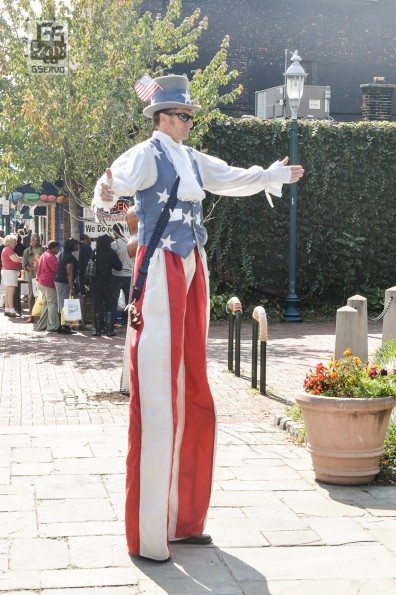
Face it, because of its similarities to the Nikon D7000, some of those owners may be using the D600 as a way to upgrade to full frame. The D600 is very similar to the D7000. If D7000 users purchase a few lenses like the Nikon 40mm 2.8 macro, they would not have to give those lenses up. The D600 has a great DX mode. It tint’s the area that’s not in use, the focus points become more useful. The image goes down to 12MP in this mode but the quality is still good.
Old Lenses

I used the 50mm f1.8 E and of course it was unrecognized due to its age. The D600 did not guesstimate the f-stop though which was an improvement. It started with f1.7. Once I programmed the non CPU data as a 50mm f1.8, it was spot on. The D600 also metered with this lens very well using spot metering. With the old 50mm F1.8 E, the D600 worked in Aperture priority and manual modes. Basically, this camera is backwards compatible with Nikon’s huge catalog of old lenses.

When using the 85mm f1.8 D, which uses a screw, the autofocus worked as it should. When I originally read about this feature on the D600, there was a rumor that this feature would not be available. I am glad the rumor was wrong. It worked as well as the D700 in terms of speed.
Manual Focus

Using this Nikon D600 with a manual focus lens like the Vivatar 35mm f1.4 was an interesting experience. The focus assist points were just like the D700. It picked up the focus point quickly. The Rokinon series of lenses would be brilliant with this camera.
Autofocus
While navigating the autofocus points and settings took some getting used to. For the most part, the Nikon D600’s autofocus was good. It worked well in well-lit conditions. In low light conditions combined with my Nikon 85mm f1.8 D, it would sometimes focus hunt. In certain places I could use a focus assist lamp to eliminate this. At other times, in low light, manually focusing was faster.
The focus points on the D600, all 39, seemed too close together. It felt like Nikon gave priority to the DX mode. It would have been better to have more of an area to focus with. It did feel limiting at times, but they did work well. The 3D tracking kept up with subjects. The autofocus system worked well with faces, too.

I tested this in the streets of NYC and could reproduce the focus hunting if I did not carefully pick my focus point. It took a bit of getting used to, but once I did I got better results.

The camera’s performance in shot to shot per second situations was really nothing special for me. It is slightly faster than the D800. So it will be better at sports than the D800 but not as good as the D4. While kids were at play, during the day, I never had a problem focusing on them.
ISO
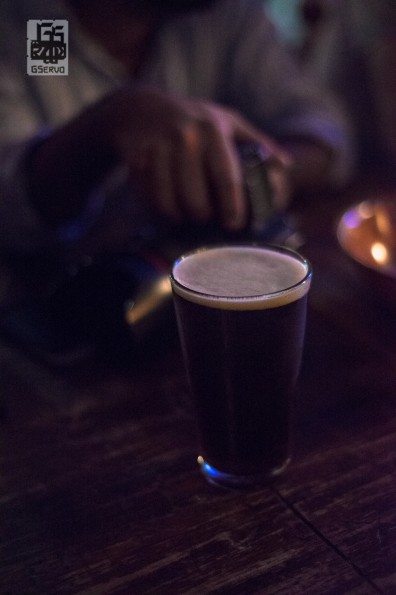
The auto ISO performance of the D600 is brilliant. It seems much more accurate than the D90 and D700. It does not instantly go high like my D90 and seems more consistent. It is at high ISOs where the Nikon D600 really shined. I took this camera out for a night in New York to test. I set the Auto ISO to an ultra-high limit and shot in a dark place. Getting a usable image at ISO 8063 or H0.3 on the Nikon D600 was exhilarating. Honestly I would take the Nikon D600 to any event or concert, hell I might think of using it at a wedding (even though I don’t shoot them.) I am really impressed with the ISO quality. Some features may have been skimped on, but certainly not the ISO performance.
Here is a test of the top ISO settings. It needed to be done for comparisons sake.
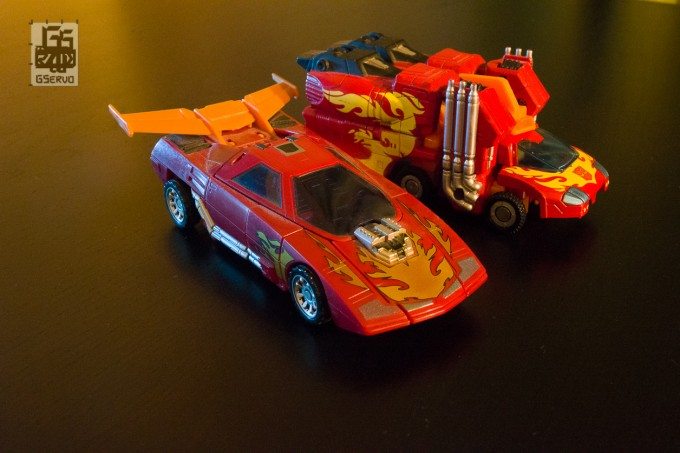
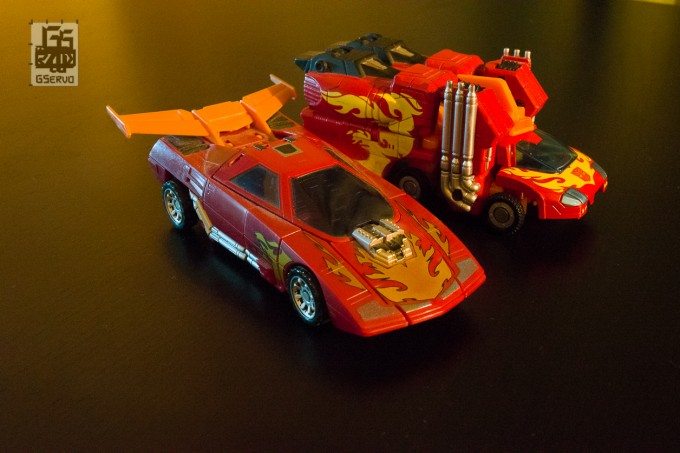
At the highest ISO these images were pretty decent. Some noise, yes, but if you had to shoot at this level, noise reduction software, like what’s found in Lightroom, would help.
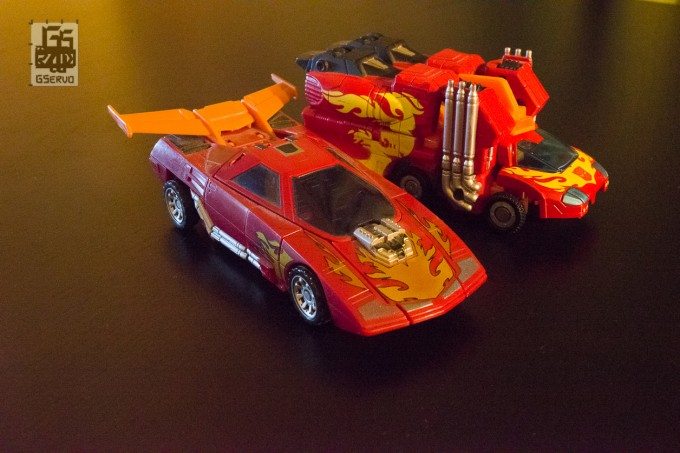
Image Quality, Color, Viewfinder and Metering

The image quality is the best thing about this camera. The 24MP sensor is amazing. The skin tones, the colors, and everything else came out well balanced. The camera metering did not blow things out. I shot in a variety of different lighting conditions and never once had an issue with the metering. The 100% viewfinder is nice, what you see is what you get due to no cropping at all at 97% or anything else. It makes it easier not to chimp the LCD screen because everything you thought was in the image was there.
The Shutter
Without changing any settings, it was much quieter than older Nikon DSLRs. While I do enjoy the sound of the old Nikon shutter, the quieter shutter was welcomed. People seemed to notice the camera less in close proximity than when I was shooting with my older cameras. I was shooting in a park where there is a raised planter with the last flowers of the year, flying around, the last butterfly. All I had was the Nikon 50mm f1.8 D. I was able to get close and not scare it away. I could not do that with D700. The D600 also has a quiet mode which is REALLY silent. The shutter of the D600 is part of what makes it a new piece of tech for Nikon and not a successor camera.
Long exposures were fun with the Nikon D600. On one of my ultra early work days I took some shots to do this test.
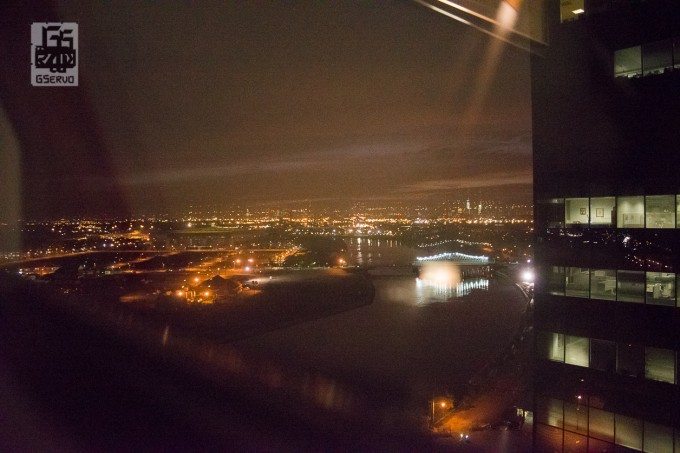
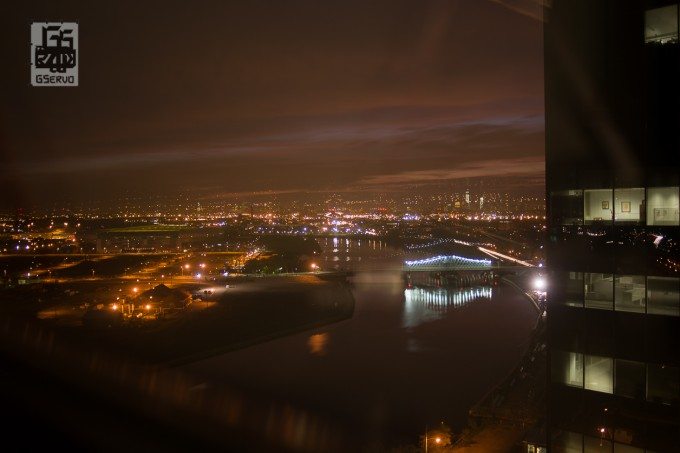
Memory Cards
The D600 has two memory slots; which is fantastic. If you’re upgrading from a camera like a D90, a D7000, or any older Nikon DX cameras, you may want to look into newer, faster and bigger memory cards. I put in Class 4 and 8 cards just to see how they react. Older cards were clearly slower than in the D90 and I’m not saying this as master of the obvious.
The read times really could slow a photographer down. This is due to the bigger file sizes, especially if you shoot RAW. The file size also affects the amount of shots you get per card. On 8 GB cards RAW + JPEG left just below 200 shots. If you are going to be shooting video, these older cards will run out quickly. Now if you are shooting only RAW and rolling over to the next card, you have more shots. Overall, its nice to have choices in how you use your memory cards. If you took your RAW image and changed the D600 from 14-bit lossless compressed to 12-bit compressed you got more shots per card. This also affected the camera shot buffer which was 16 shots at 14-bit and 27 at 12-bits. It’s all a matter of preference.
Video
Nikon D600 Video Test from G Servo on Vimeo.
Using video with the D600 is very intuitive like the D7000. It’s also much better. The camera internal microphone is very sensitive. You can not change the aperture while in video mode unless you are using gear like the cinema lenses from Samyang, which have aperture rings There are levels on the screen for sound which make adjustment is easier. One of the best features is being able to take a picture while in video mode. A lot can be don’t with the video on this camera, in the right hands.

On the Kit Lens
Nikon could use another lesson from Pentax and provide a nice prime lens with their camera. The D600 would have been better served if the Nikon 50mm f1.8 G was the kit lens and Nikon probably could of saved some money. This 24-85mm f/3.5-4.5G ED AF-S VR Nikkor Lens lowers the quality of the D600. I could never see myself buying this lens. Strange also, Nikon used to produce a 28-80mm f3.3-&5.6g. It’s much better than this new lens; it is lighter and it seems to couple better the Nikon 600.
Battery Life
The battery does not last as long as the D700. I found myself charging after moderate use. The battery is rated for 900 shots like the D800. If I were shooting with this camera I would have multiple batteries at all times. With the provided charger these batteries take a while to charge also so you never want to have to charge on a shoot.
Who is the Camera For?
This is a tough one because there is no Nikon D300s replacement as of the publishing of this piece. If you are Nikon DX user, with camera like the Nikon D90, D7000 and want to go full frame, this is the camera for you. You can save a lot on accessories. The eyepiece is the same. The D600 uses the same type of connectors for its remotes. It also uses the same type of memory cards. The customs settings were a nice touch, but I did not use them. If you have need of them they will suit you. The pop up flash reminded me of most other Nikon flashes. It worked as it should.
Now if you are a D700 user like me or have a D300s and want to use a studio flash connector, you’re out of luck unless you buy a pocket wizard or some other type of hot shoe sync connector. But if it matters to you that the D600 only has 1/200th synch speed. Then you may want to consider the D800 or the D700.
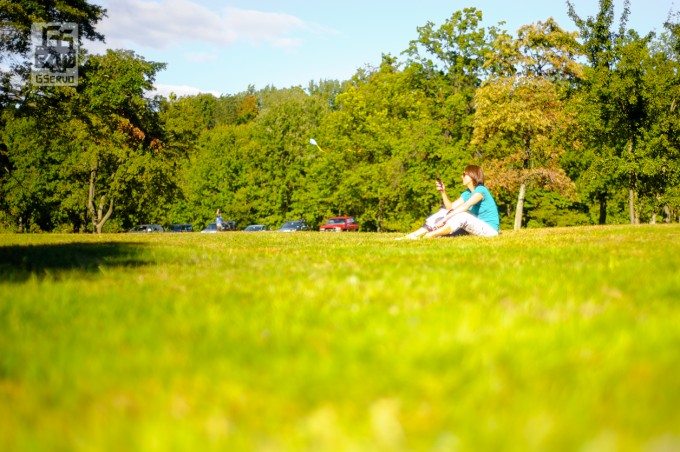
If you absolutely need to shoot at 1/8000, the D600 is not for you. Some people do shoot at F1.4 on the middle of a sunny day. They can use 1/8000, they don’t need to buy this camera. If you want to save yourself a $1000, though, and buy one good lens like the Sigma 24-70mm F2.8 or two really good primes like a Nikon 50mm f1.8 G or and/or 85mm f1.8 G lenses with your camera, then the Nikon D600 is for you.
Suggestions
Don’t buy this camera with the kit lens. Buy the body and a prime lens , or just invest in a better zoom. Multiple batteries if you have long days of shooting. Do invest in fast SDHC memory cards. If you’re shooting video then think about a card around 32 GBs+. Nikon also has a microphone available.
Price
Best value over the entire New Nikon full frames the D600 is 1/3 less cost than the D800 ($2999) which equates to also being able to ad on a new high quality lens (did I say the kit lens sucks already). At a price of$2,096.95 you may be able to forgive some of the features it’s lacking.
Issues/Complaints
Is this camera perfect? No, not for me; I think I said this before. I don’t like eyepiece for the viewfinder. I wish they could have put the ISO button on top instead of on the back and the bottom. I hated changing it on the fly. I have to say this again, the autofocus points were too concentrated. These things don’t take away from the camera function though. Over all though, all these things can be overlooked.
In the End
When it comes to the Nikon D600 it’s all about perspective really. First of all you’re looking at this camera because you are thinking about a full frame. You may have been put off by the D800 hoping for something more along the lines of the D700. This is the closest you’re going to get to it if you can look past the feature set. Will I buy this camera? Being that I have not had the D700 that long, and it does everything I need at the moment, no. In the future there is a strong chance though. Like the D800 there are endless things you can do with this camera.
After all my doubts this camera, it turned out to be a good piece of gear.
Please Support The Phoblographer
We love to bring you guys the latest and greatest news and gear related stuff. However, we can’t keep doing that unless we have your continued support. If you would like to purchase any of the items mentioned, please do so by clicking our links first and then purchasing the items as we then get a small portion of the sale to help run the website.
Also, please follow us on Facebook, Flickr and Twitter.


